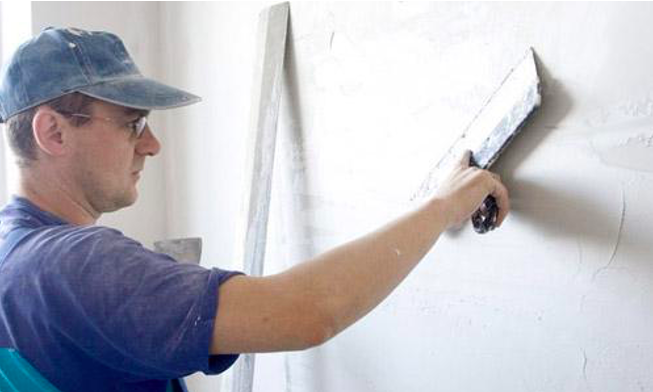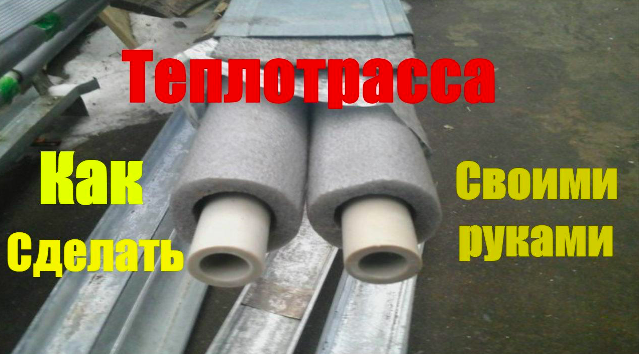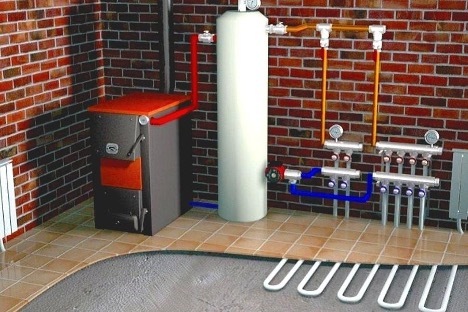The attic should be insulated with natural or artificial materials, for example, polystyrene foam, polyurethane foam or mineral wool and its varieties. The work is not difficult, the main condition is to respect the structure of the roofing cake and the thickness of the material. How to do this is described step by step in the presented article.
The content of the article
- Types of insulation
- Preparation of materials and tools
- Step-by-step instruction
Types of insulation
Insulation of the attic of a private house can be done using different materials - both natural and artificial. They are produced in rolls or in separate fragments (mats), which are convenient to mount to the frame. When learning how to insulate an attic, it is recommended to pay attention to the following materials:
- One of the popular insulation materials is mineral wool. It is relatively expensive, but it is durable and has a high degree of protection not only from cold, but also from noise. Mineral wool consists only of natural ingredients, is durable and light. But it can suffer from excess moisture, so mandatory waterproofing is required.
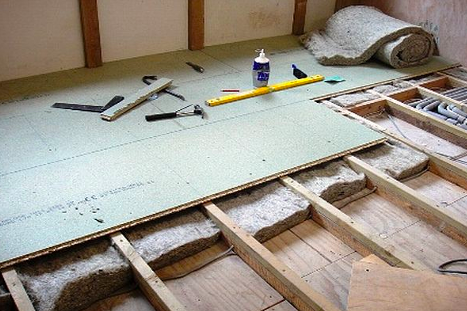
- Glass wool also protects well from the cold and is affordable. It is convenient to transport due to its low weight and minimal volume (compressible). But this option, how to insulate the attic, has become less common due to the fragility and flammability of the raw materials.
- Basalt wool, unlike glass wool, is non-flammable, has a natural composition and also holds heat well. But it costs more, which can be considered a drawback. In addition, in the absence of waterproofing, it may suffer from moisture.
- Ecowool is another material for insulating an attic in a private house. It is also non-flammable, has good thermal insulation properties, and is ideal for a cold attic. The structure is free-flowing, so the mixture can be filled into all empty spaces, for example, in the interfloor ceiling.
- Polystyrene foam and polystyrene can effectively insulate the attic of a private house. This is the lightest material and is very convenient to install. For example, it is not necessary to create a sheathing for it, so you can save on materials. The only disadvantages are related to flammability.
- Polyurethane foam is similar in its properties to polystyrene foam, but differs greatly in the installation method. It is applied by spraying a freshly prepared mixture, which requires special equipment and skills. This can be considered the only drawback.
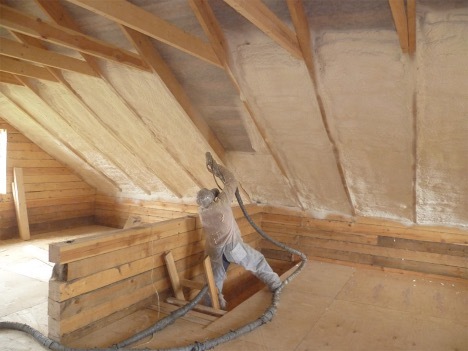
In practice, different methods are often used to insulate an attic in a private home. Bulk material, for example, expanded clay, sawdust or ecowool, is laid on the ceiling. It is this technology that allows you to cover the entire floor. As for the slope itself, it is finished with the lightest insulation materials, for example, polystyrene foam is laid or polyurethane foam is sprayed. You can also lay mineral wool in rolls.
Preparation of materials and tools
When choosing insulation for an attic in a private home, you need to decide on its quantity. It is determined by the total area of the roof, as well as the base of the attic. Moreover, the resulting value should be multiplied by at least 2, and in Siberia and the northern regions - by 3 or 4. That is, the material is laid in 2-3, and sometimes 4 layers.
To work you will need the following tools and supplies:
- Bulgarian;
- wood saw;
- axe;
- construction stapler;
- roulette;
- building level;
- screwdriver;
- hammer;
- construction mesh;
- fasteners (screws, nails);
- pliers;
- sealant gun;
- Master OK;
- set of spatulas;
- knife.
You will also need a base to insulate the attic of a private house (for example, mineral wool) and other materials:
- wooden beam 150*150 mm;
- plaster;
- mastic;
- sealant;
- waterproofing film;
- vapor barrier;
- wood antiseptic;
- Master OK;
- buckets;
- workwear.
Step-by-step instruction
To properly insulate an attic, proceed as follows:
- Prepare the surface by cleaning it first.
- Create a drawing and transfer the markings to the rafters. Beams are installed from 150*150 mm timber at intervals of 50-60 cm.
- The next stage of the instructions on how to insulate the attic of a private house is laying plastic film or other waterproofing. It is glued directly to the joists, moving from the cornice. It is necessary to overlap by 15-20 cm, secure with a construction stapler and tape. Sagging is allowed within 3 cm.
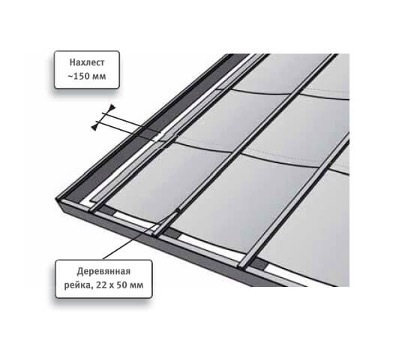
- It is necessary to nail slats on top of the waterproofing, i.e. make a counter-lattice. In this case, space should be left between the membrane and the insulation material.
- The sheathing itself is attached to the counter-lattice, checking the required interval. It depends on the size of the material, the better to insulate the attic.
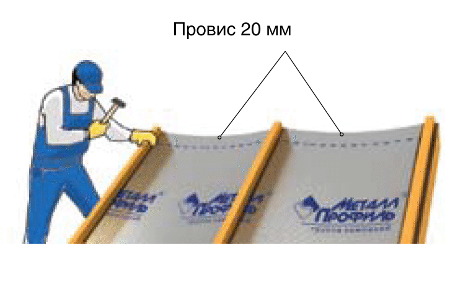
- Next, rolls or mats are laid between the lathing slats. Moreover, it is better to leave small gaps of 2 cm.
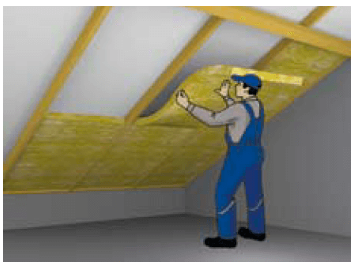
- Next, a vapor barrier must be laid, i.e. a dense membrane through which water vapor does not pass. It is also overlapped by 15 cm, secured with staplers, and the joints are taped.
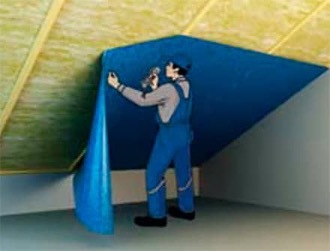
- All that remains is to do the finishing trim. Lining, plasterboard, chipboard or other materials are suitable for this.
From this review it is clear what is the best way to insulate the attic of a private house. The structure of the roofing pie is approximately the same, but in the case of using mineral wool and other similar materials, several layers are laid and waterproofing is required on both sides. If the room is planned to be made residential, it must be insulated with at least 3 layers.
